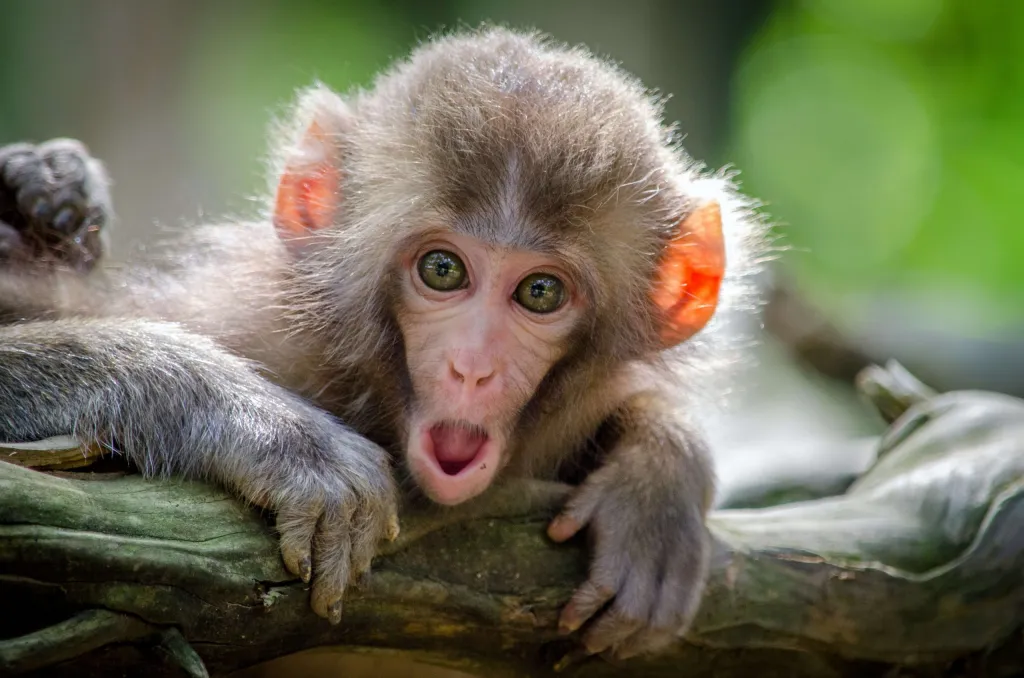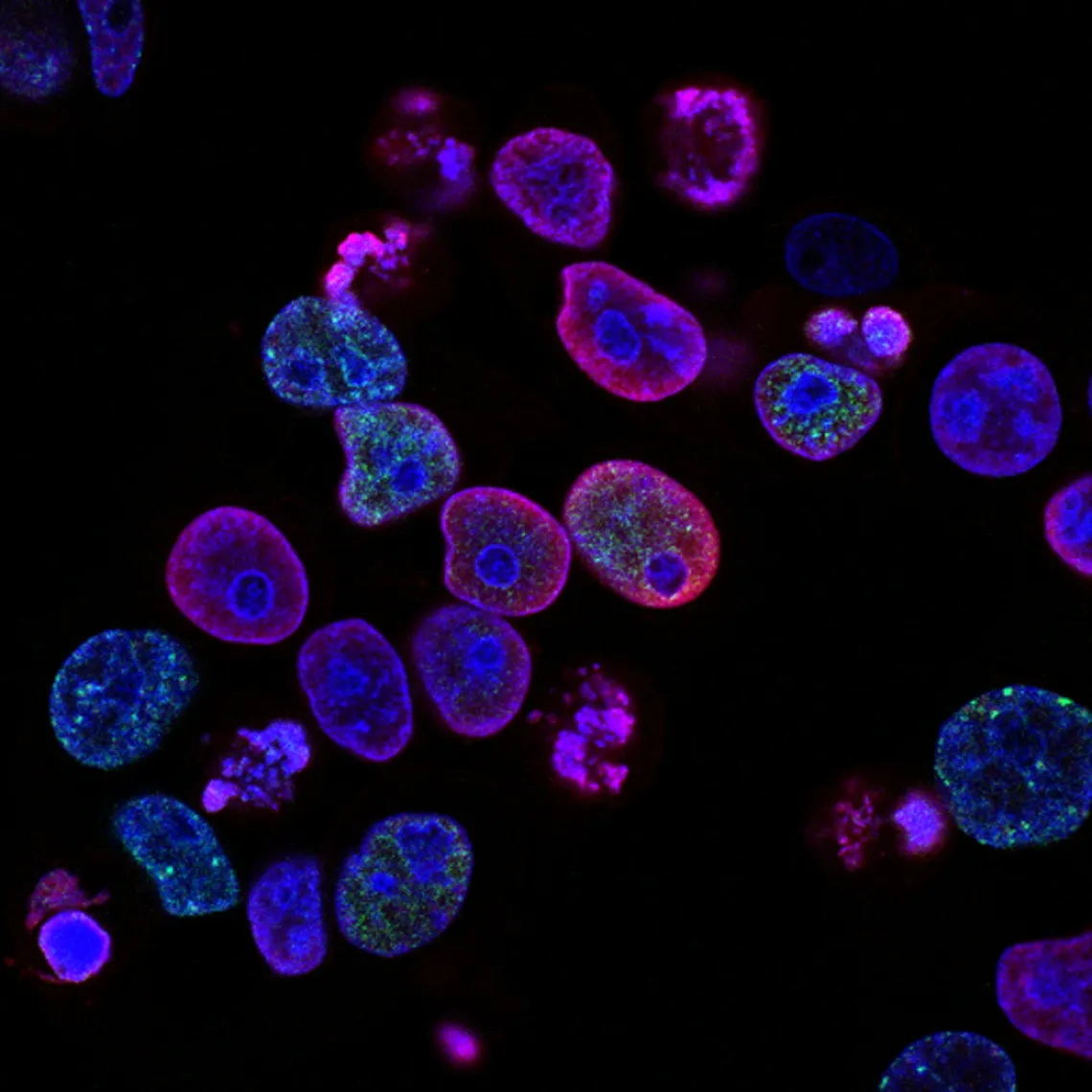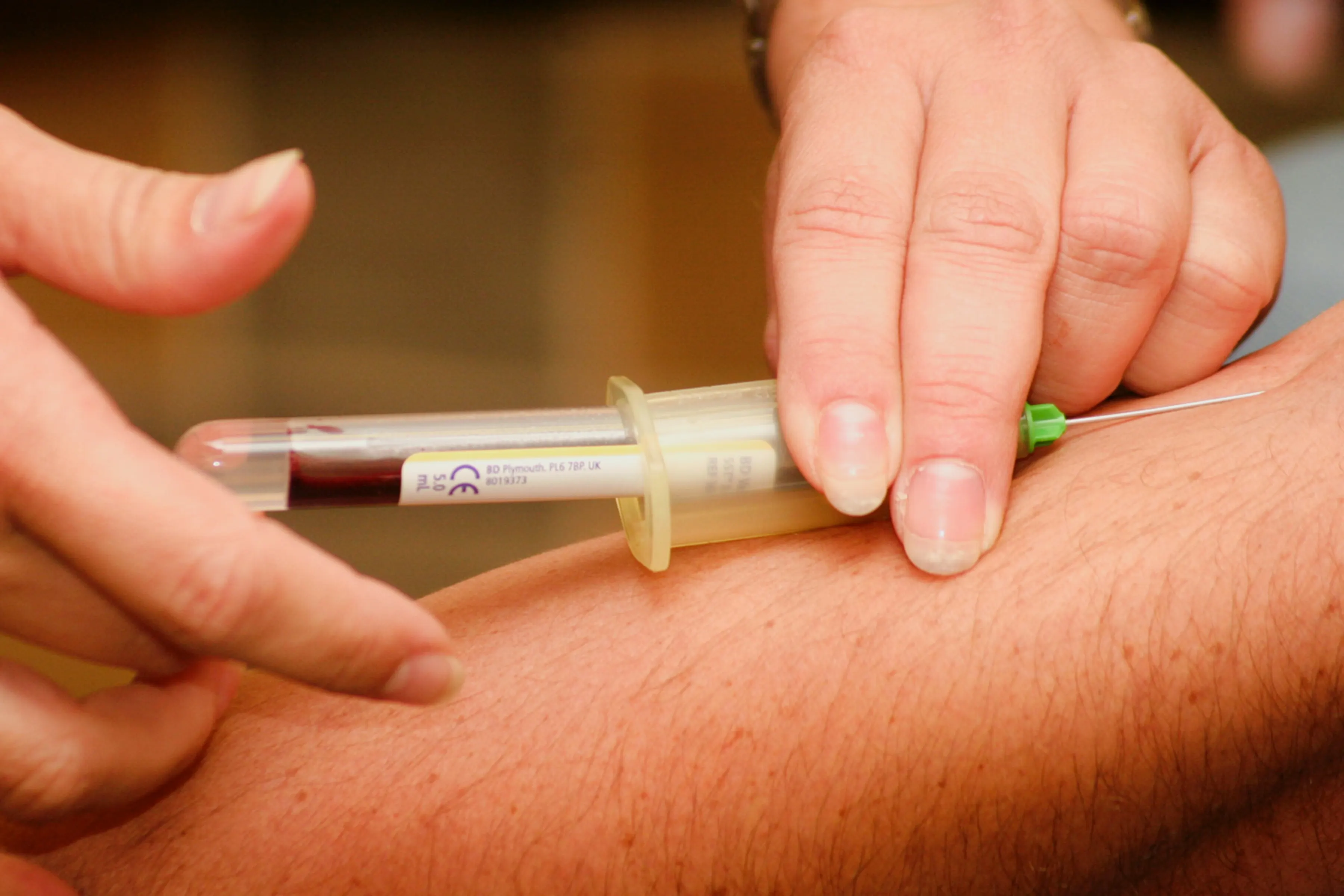
From 1 January through 22 July 2022, 16,016 laboratory confirmed cases of human monkeypox infection and five deaths have been reported to WHO from 75 countries/territories/areas [1]. Monkeypox is a DNA virus that belongs to the genus Orthopoxvirus of the Poxviridiae family. It is related to smallpox but is not as dangerous.
It has probably been infecting humans for a very long time. It was first isolated in 1958 from outbreaks in monkeys kept for research and that’s where the name monkeypox came from. It was reported to be first transmitted to humans in the Democratic Republic of Congo in 1970. This is where we see the Central African strain of the monkeypox virus. There is a West African strain as well. The death rates from infection from the Central African strain is 10% while from the West African strain is about 1-3%.
The name monkeypox is a misnomer because these types of infections actually come from small African mammals and rodents. Monkeypox is a zoonosis which means a disease that comes from animals.
Laboratory diagnosis is important because the virus can cause disease that is clinically indistinguishable from other pox-like illnesses particularly smallpox and chickenpox. Polymerase chain reaction (PCR) is the preferred laboratory test given its high accuracy and sensitivity. Samples are taken from the lesions for diagnosis.
Monkeypox is the most important orthopox virus infection in human beings since the eradication of smallpox in the 1970s. Smallpox eradication in the 1970s was mostly in part due to vaccines. Currently there is no proven treatment for human monkeypox.
Symptoms
Monkeypox begins as a rash that progresses to a raised fluid-filled lesion that progresses to a pustular (pus-filled) lesion. Usually infected individuals have fever, chills and enlarged lymph nodes. Some experience headache and muscle pain. These pustular lesions crust and take about 2-3 weeks to completely go away. The rash begins on the trunk of the body, then goes to the arms and even the palms and soles. It is a self-limiting disease that usually lasts for 2-4 weeks.
Vaccination with the smallpox vaccine seems to provide protection against symptomatic monkeypox disease.
Transmission
There are two ways that human monkeypox can be transmitted – human-to-human and animal-to-human.
In human-to-human transmission, close contact, touching sores, especially if they’re open or even touching the clothes and bedding of the infected person can lead to infection. Close contact with infected animals, biting and scratching by these animals or even eating the meat of those animals is responsible for animal-to-human transmission. These are mainly small animals like rodents, rope squirrels, tree squirrels, Gambian pouched rats, dormice, non-human primates, or prairie dogs.
Incubation Period
The incubation period depends on the mode of transmission. There is a shorter incubation period if it is transmitted by scratching or biting which is up to nine days. It can go up to 13 days or even longer for other modes of transmission.
Large respiratory droplets have also been implicated in the transmission from human-to-human. If you are within six feet of an infected person, you would have to be there for at least three hours or more to have reliable transmission.
Treatment
The treatment for monkeypox is supportive care. Nutrition and hydration should be maintained. In case of nausea and vomiting, make sure you are well-hydrated. Make sure that your electrolytes are replaced. Most people recover with supportive treatment. Secondary bacterial infections should be treated.
There are antiviral treatments available like tecovirimat which is FDA approved for smallpox (approved in July, 2018), and brincidofovir which was approved by the FDA for smallpox June, 2021.
Vaccines for monkeypox
Vaccination against smallpox has been shown in several studies to be about 85% effective in preventing monkeypox. ACAM2000 is a vaccine that was approved in 2007. Jynneos is another vaccine approved in 2019, which has fewer serious adverse effects compared to ACAM2000.
Both vaccines use the vaccinia virus. The most commonly reported side effects were pain, redness, swelling, itching, firmness at the injection site, muscle pain, headache, and fatigue.
People who are immunocompromised and have been exposed to the virus can get vaccinia immunoglobulin. Vaccinia immunoglobulin contains antibodies that are derived from patients who have had the infection in the past or they are genetically engineered antibodies against vaccinia which cross react against the monkeypox virus.
You need to ensure that your immune system is strong. You can strengthen your immune system with good nutrition, regular exercise, adequate sleep, drinking enough water, getting adequate sunshine, and avoiding things that suppress your immune system like stress.
References
1. Multi-country outbreak of monkeypox. External Situation Report 2, published 25 July 2022 Data as received by WHO national authorities by 17:00 CEST, 22 July 2022
2. About Monkeypox | Monkeypox | Poxvirus | CDC
Did you find my article “Human Monkeypox Infection-Symptoms, Treatment, and Vaccines” helpful or know somebody who would? I’d really love it if you could share it.



